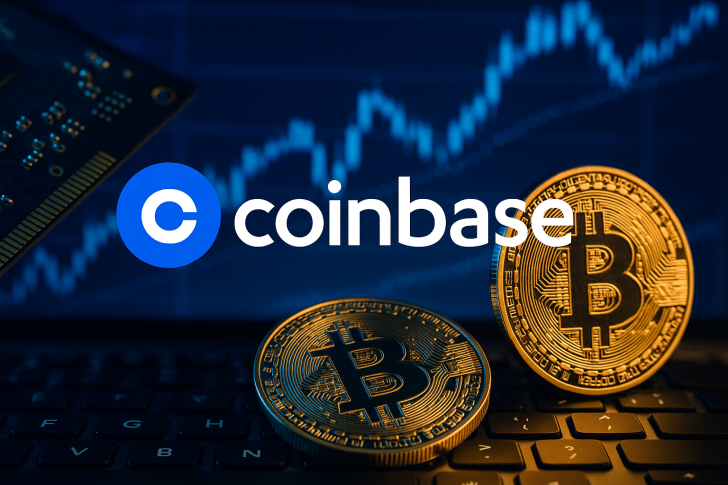Coinbase just pulled off one of the biggest moves in crypto this year by completing its integration with Deribit, the heavyweight champion of Bitcoin and Ethereum options trading. What started as industry speculation has now become reality, and traders are already buzzing about what this means for both platforms.
The numbers tell the story here. Deribit has been crushing it in the derivatives space, handling massive volumes that most exchanges can only dream of. Now that firepower is sitting under Coinbase's umbrella, giving them serious ammunition to go head-to-head with the likes of Binance and other major players who've been dominating the derivatives game.
COIN Stock Positioned for Potential Breakout
Here's where things get interesting for investors watching Coinbase's stock price. Derivatives trading isn't just about volume – it's about margins. These instruments typically generate way higher profits per trade compared to basic spot trading, which means Coinbase could be looking at some seriously improved revenue streams.

Professional trading firms and hedge funds have been eyeing this space for months, and now they've got a regulated, US-based platform that can actually compete on liquidity and product depth. That's exactly the kind of development that tends to move institutional money, and when institutional money moves, stock prices often follow.
The crypto derivatives market now represents over 60% of all trading volume globally. Coinbase was missing out on a huge chunk of that pie, but not anymore. This integration puts them right in the thick of where the real money flows.
What This Actually Means for Traders
Beyond the stock implications, this merger creates something pretty unprecedented in crypto. You've got Deribit's battle-tested infrastructure and deep liquidity pools now backed by Coinbase's regulatory compliance and massive user base. That's a combination that could reshape how both retail and institutional players approach crypto derivatives.
The integration opens doors for new products that neither platform could have launched solo. We're talking advanced risk management tools, access to previously restricted markets, and potentially some innovative trading instruments that could set new industry standards. This isn't just about combining existing services – it's about creating entirely new possibilities in the space.
 Saad Ullah
Saad Ullah

 Saad Ullah
Saad Ullah


